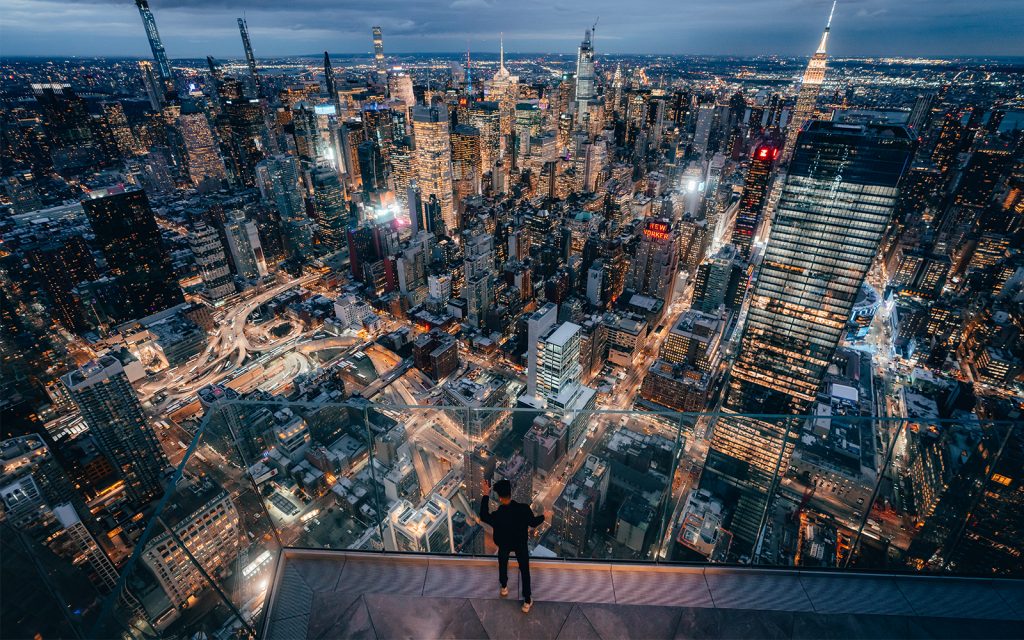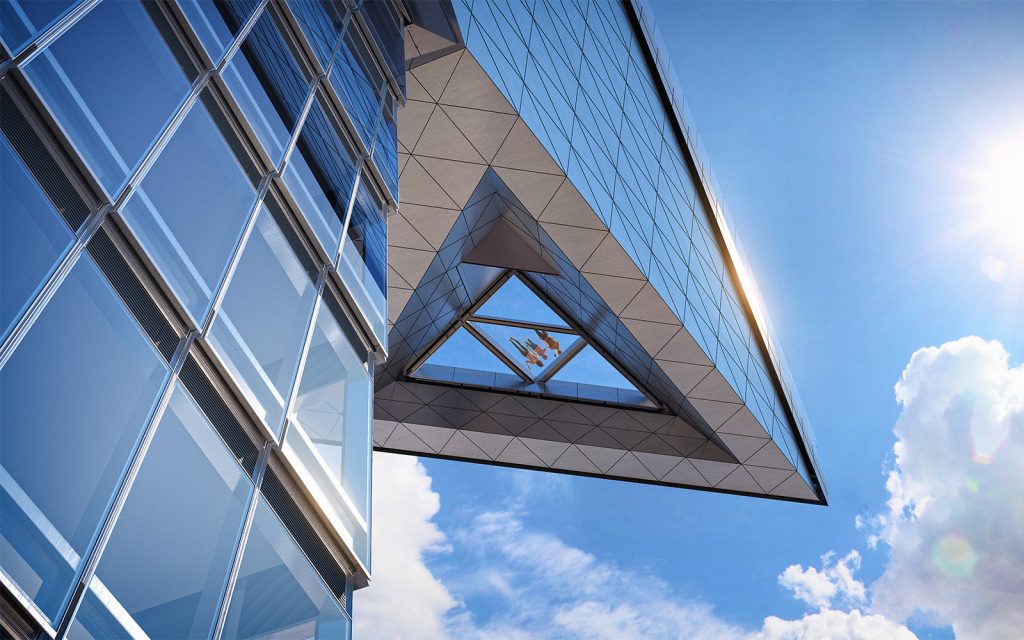Interview: Design Director Marianne Kwok on Hudson Yards’ Edge
Designing a space 1,130 feet above the streets of Manhattan

With many vibrant communities and electric neighborhoods in NYC, no matter where one might find themselves within the city, something is always going on and there is always something to be discovered. On 11 March, Hudson Yards took surprise and discovery to new heights. At 1,130 feet above ground, Edge—the highest outdoor observatory in the Western Hemisphere—opened a year after its home in Hudson Yards welcomed its first guests.
Designed by the renowned architects at KPF, Edge is a feat of engineering not seen anywhere else in the world. Boasting a restaurant on the 101st floor named Peak and 360-degree wrap-around views of Manhattan and New Jersey, the project (which was 10 years in the making) has changed the city’s skyline forever. Further, as it is ADA-compliant and less expensive than other observatory experiences in the city, it invites all types of locals and visitors to experience NYC in an extraordinary way. We spoke with Marianne Kwok, KPF’s Design Director and the visionary behind Edge, to understand how something of this magnitude came to life.

From a structural standpoint, how is this angled sky deck possible?
Well, this wasn’t here originally. At one point, the towers did not have an observation deck. Instead of making it a terrace, like most observation decks in the world, it’s part of the building—something on the skyline itself. It was cantilevered out from the building, and we knew that the only way that it would be constructed is if we were really clever about it, so we conceived this as segments. It was almost, in a way, prefabricated. It was broken up into 15 large segments that are cantilevered off of the building, and were fabricated in Italy. The whole thing was put together in a factory there to test whether everything worked.

This was built in its entirety somewhere else?
It was—including the cladding. Then it was shipped over and craned into place. And then the New York City workers—like those you’ve seen on those 1930s buildings, the construction workers hanging off of the beams—started putting it together. It was like that. It was these guys hanging 1,100 feet up from the ground.
We’re 100 floors and 1,100 feet up?
We’re 1,130, actually.

Can you talk more about this height?
It’s higher than the Empire State Building. This really is a gesture out to the city. And so what we wanted to create was this experience that one can see on the skyline. But then when you’re up here, you really wanted this idea of floating. We, on purpose, did not have any metal, vertical structure on the guardrail. So it’s all glass, as transparent as possible. We held the glass slightly apart so that one can have a nice picture through the cracks.

How did you get inspired for something like this? Did you take design cues from somewhere else?
No. We really took the design cues from the building and its angularity. The deck is really derived from the design and the geometry of the building.
How long did this take from ideation to construction into where we are now?
Well, the whole thing took over 10 years. We started with the competition, with Related. And then the 2008 financial crisis happened so there was a little bit of a lag. But then when Coach got on board on 10 [Hudson Yards], we started work on both buildings 10 and 30 and the outside of the retail. So the whole thing for us is 10 years in the making. A long time.

How do you keep something like this safe?
Everything is belts and suspenders. I mean that was the mantra: basically that if something fails, something else has to back it up. Everything here has been tested many times and if one thing fails, there’s something else that is a back-up system.

What do you hope people take away from their experiences up here?
Well, I think the big thing is that this really is about the city of New York and just having this incredible view of the city from the westside. Most observation decks are right in the middle of Midtown, among so many buildings. And here I think you really get an appreciation from the side looking back.
Images courtesy of Oxford-Related












